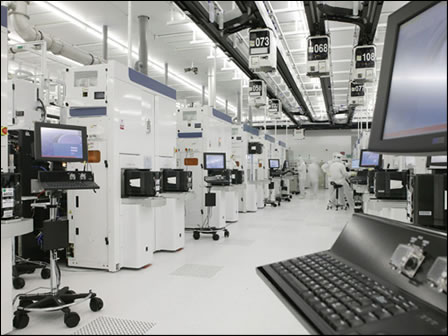Wood Fuel Energy Efficiency
 ‘What logs are the best firewood logs for burning?’
‘What logs are the best firewood logs for burning?’
This is not as simple a question as it may seem. The factors that need to be taken into account include the type of fire you wish to have, the density (or weight per unit volume) of the wood and the moisture content of the wood.
There are three major wood fuel groups to consider: hardwood, softwood and kiln dried.
Moisture Content
It may seem logical that the more dense the particular log, the greater energy output it will have, but a high water content means that a smaller proportion of the wood is available to burn and the energy that is used to burn off the moisture is not converted into heat.
Moisture content can be measured on a dry or a wet basis. On a dry basis, a 2kg log of which 1kg is water would have a water content of 50 percent as water makes up 50 percent of the total weight. On a wet basis, this same log would have 100 percent moisture content, as the water weighs the same as the wood content.
While moisture content and calorific value of the wood can vary between particular species, whether it is heartwood or sapwood and even from log to log, in general, hardwoods contain less moisture and burn hotter than softwoods.
Heartwood is the dead wood at the centre of a tree stem. Heartwood is naturally lower in moisture and more resistant to decay.
Sapwood is the living outer part of the stem. Sapwood carries all the trees water and nutrients. It is therefore more supple and contains more water.
Chestnut, Cottonwood and Sycamore, while hardwoods, have relatively high moisture contents. As green wood, measured on a wet basis, their heartwoods have a moisture content of 120, 162 and 115 percent, respectively. The best performing hardwoods are Ash, Elm, and Beech with moisture contents of 46, 44 and 55 percent, respectively.
In terms of softwoods, Red Leaf Cedar and Longleaf Pine come out well, with green wood heartwood wet basis water contents of 33 and 31 percent. However softwood sapwood can be extremely high in moisture content with Western Red Cedar at 249 percent and Engelmen Spruce at 179 percent.
Seasoned and Kiln Dried Wood
Seasoned wood is wood that has been dried in some fashion, usually by being stored in a dry environment for a period of time. Seasoned wood produces less smoke and tar than fresh, green wood.
Kiln dried wood contains the least moisture of all (below 20 percent) and has the hottest burns.
Which Wood to Use?
Denser wood will usually burn slower, meaning that you will need to top up your fuel less often.
Denser, dryer wood will also provide a hotter burn, leading to extra efficiency because sap and gases released by the wood are also burned, meaning that there is less of a build-up of the by-products of the fuel for wood burning stoves or other appliances. Less smoke is often desirable for outdoor fires also.
This is not to say that softwood logs have no place in heating. Should you wish to have a cooler-burning fire, in the spring, for example, softwood logs, producing less heat as they do, may be ideal.
When choosing your wood, you should bear in mind that the cost of the wood by volume has much less of an impact on your cost per kilowatt/hour than does the density and moisture content. In general, the heavier and drier the wood, the more energy it will produce, so simply looking at the price without taking these other factors into consideration means that you are unlikely to get the best value for money.
